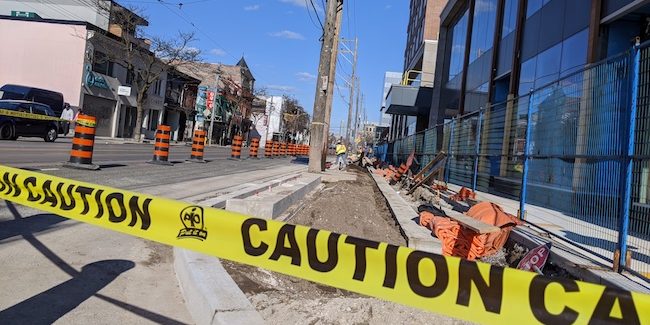RECENT DEVELOPMENTS IN “OWNER” LIABILITY UNDER OHSA
This article explores the potential employment law consequences stemming from the degree of control a party exerts within a variety of business and project structures.
Liability risks exist for various stakeholders who find themselves within the purview of the Occupational Health and Safety Act (OHSA). The OHSA regime generally splits parties at risk of attracting liability into “Owners”, “Employers”, and “Constructors.” Owners are usually shielded from most of the liability for any OHSA breaches of parties with whom they contract to complete construction projects. Most of the liability under the OHSA is usually placed on the shoulders of Employers and Constructors.
Recent developments on owner liability
Just as with the risks of franchisors exerting too much control, the Court of Appeal for Ontario, in Ontario (Labour) v. Sudbury (City), 2021 ONCA 252 [Sudbury], has recently decided that Owners may be held liable under the OHSA as Employers if said Owner’s employees become too involved in a construction project.
The most concerning aspect for Owners of the Sudbury decision is that Owners may now be held liable for the OHSA breaches committed by the general contractors they hire, even if the Owner has almost no control over the project at issue. This includes situations in which the contract between the parties explicitly states that the general contractor is responsible for assuming all responsibility and liability under the OHSA – this is a standard industry practice.
In the Sudbury decision, the city of Sudbury as the Owner of a construction project was found liable as an “Employer” due to simply having city inspectors come on site occasionally and undertake various tasks. This made the construction site a “workplace”, the responsibility for which rested with the city of Sudbury. Thus, the city of Sudbury was charged for the OHSA breaches committed on the construction site by the general contractor. Notably, the final conviction subsequent to the charges has yet to be decided as the city of Sudbury is actively defending the charges.
Moving forward
What is interesting about the Sudbury decision is that the court did not dive into a robust discussion on how much or how little “control” is required to make an Owner an Employer for the purposes of the OHSA. In fact, the court specifically avoided the discussion. However, it is clear from the decision that it can take minimal involvement in a project to turn the generally liability-free Owner into the classic, liability-ridden Employer. Importantly, classic construction contracts between Owners and Constructors may not shield Owners against potential OHSA liability. Furthermore, the Court of Appeal for Ontario has remitted the final decision on the city’s guilt in the matter back to the court for a final decision. In this assessment, the court will have to assess whether the city of Sudbury undertook the proper due diligence steps to potentially avoid this tragic accident. In doing so, the court will likely be forced to reveal more information on how much control an owner may take before they are labelled an employer.
It is yet to be determined whether the Owner versus Employer case law will begin following the decision in Sudbury. Nonetheless, this decision stands as a significant warning for those entering into construction project agreements with multiple parties. Seeking the advice from qualified employment counsel prior to beginning such projects is crucial for any party to potentially mitigate any future liability they may face under the OHSA – liability which includes hefty fines and potential jail time.
By Filip Szadurski – Source: https://www.thesafetymag.com/ca/news/opinion/to-control-or-not-control/320514







